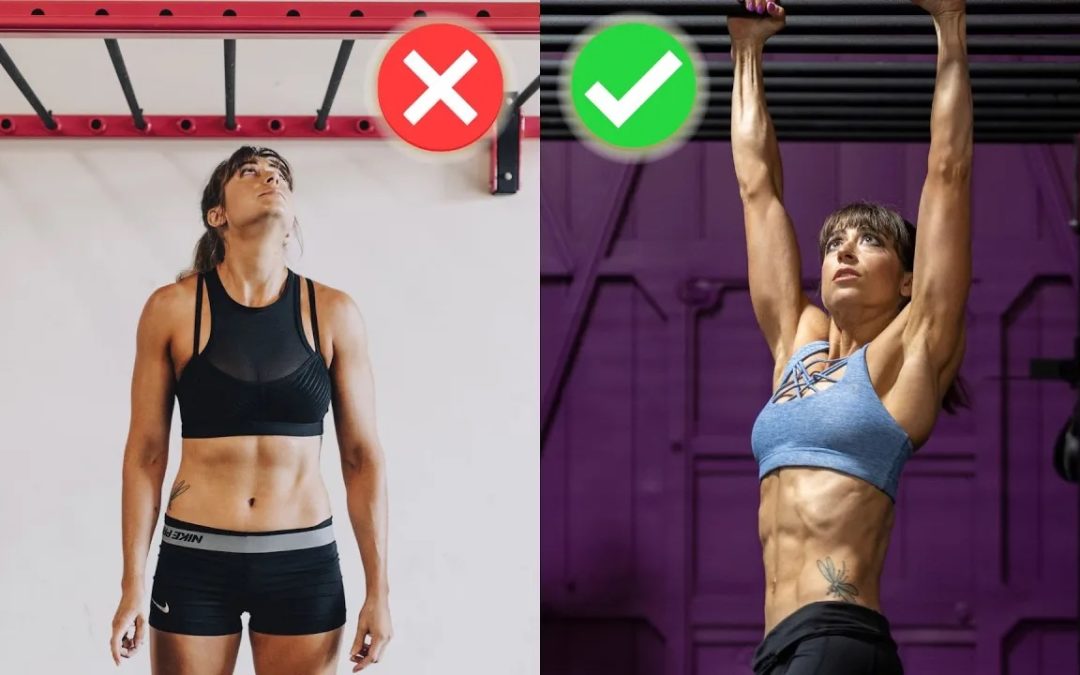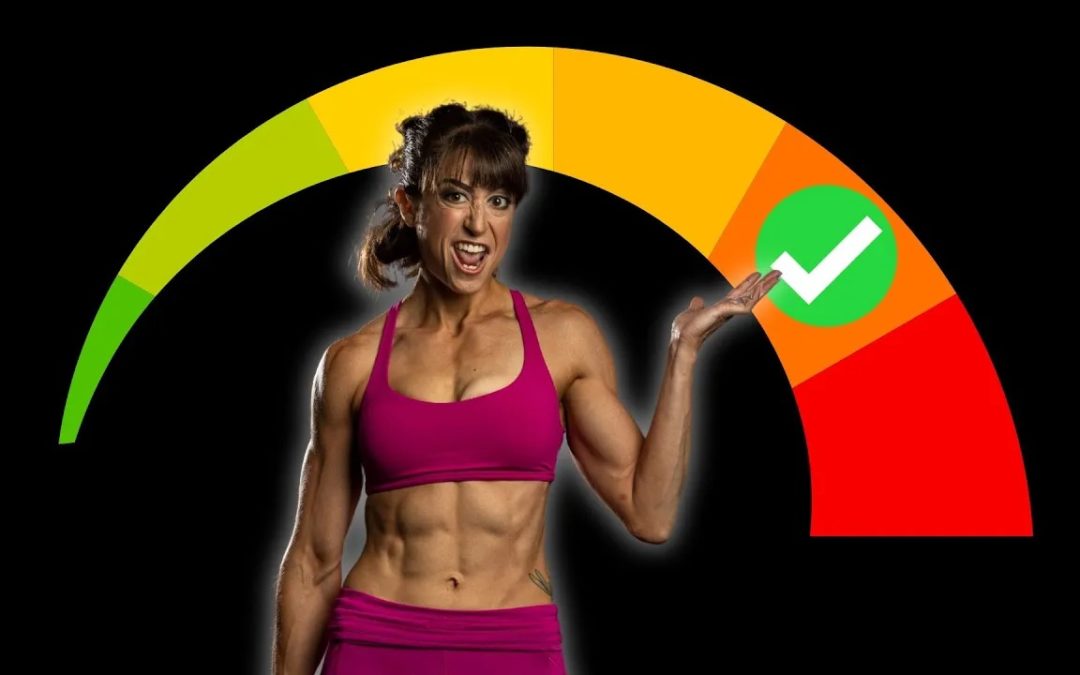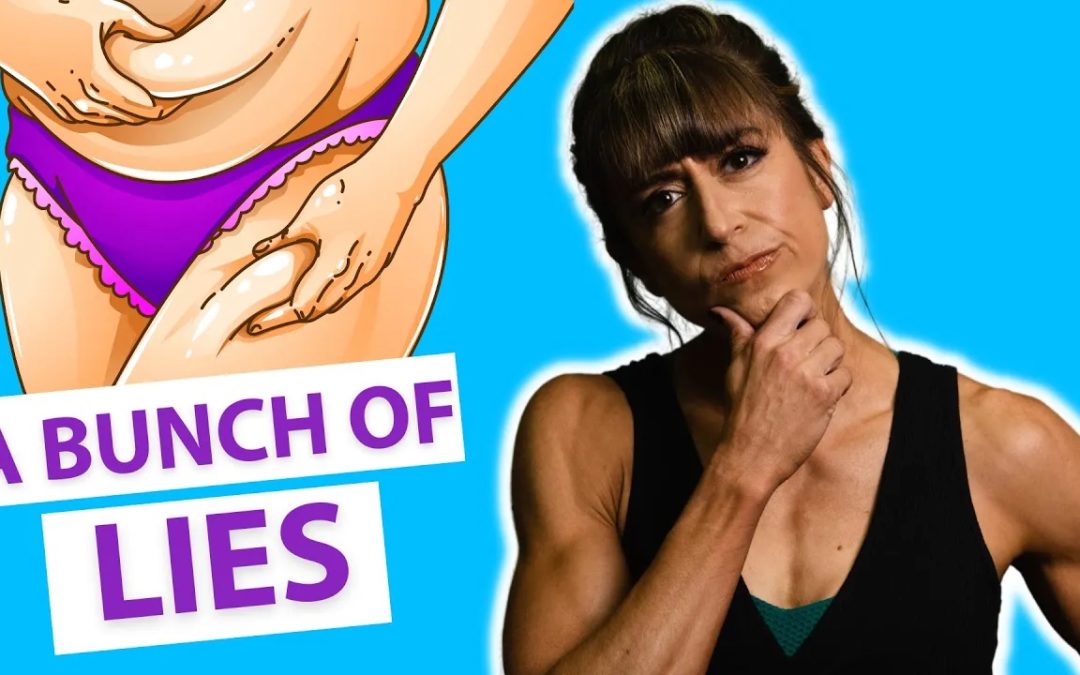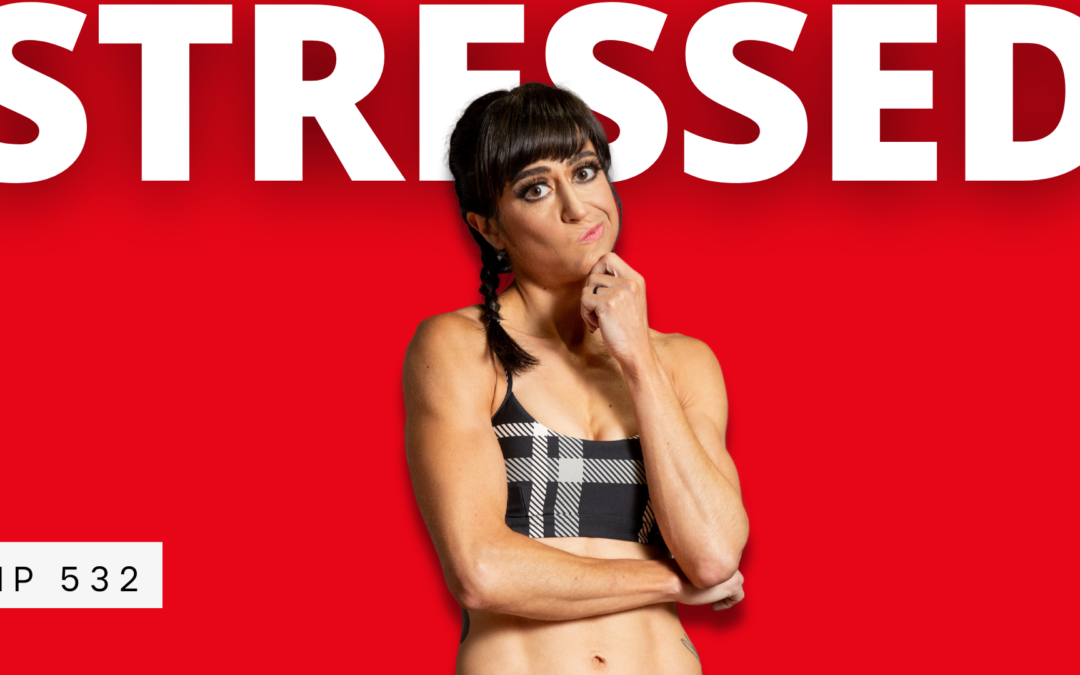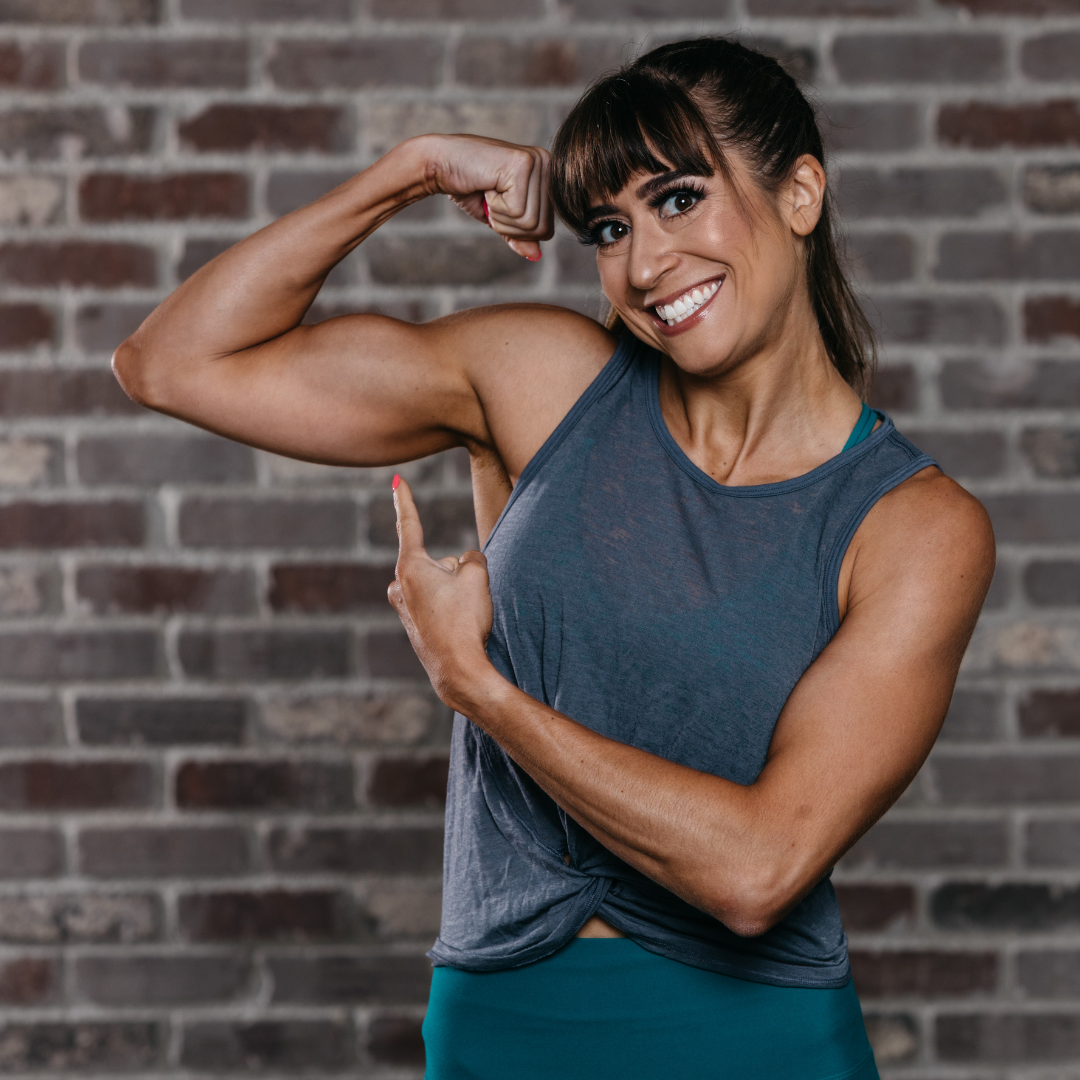
by Cori Lefkowith | Sep 3, 2023 | Blog, Core, Exercises
Want toned abs? That lean-looking six pack? Then you’ll want to avoid these ab training mistakes. And yes…I want to discuss the mistakes we make when it comes to our ab training routines. Because while abs are revealed by what we do in the kitchen, our training can...

by Cori Lefkowith | Aug 29, 2023 | Blog, Exercises, Workouts
We all want something that helps us get better results faster. It’s why, no matter how much we know, fad diets and extreme workout routines have an allure. But often, it is really small 1% improvements and tweaks to what we are currently doing that make the...

by Cori Lefkowith | Aug 22, 2023 | podcast
00:00 – Intro Fad diets promise a quick fix or easy solution, but not only do they not lead to LASTING results they could also even be bad for your health and KILL you. I’m not trying to scare you or be overly dramatic. But some of the fad diets popping...

by Cori Lefkowith | Aug 20, 2023 | Blog, Diet, Workouts
The diet and fitness industry has lied to you. I’m not talking about the false magic pills and quick fixes when I’m saying you’ve been lied to when it comes to your diet and workouts. Actually I see the problem as something else… The disconnect between many trainers,...

by Cori Lefkowith | Aug 15, 2023 | podcast
How to manage stress… When we want to lose weight, gain muscle, achieve amazing body recomposition or even improve our health, we turn to the things that are often easiest to adjust…. Our workouts and our diet. It’s harder to address things like SLEEP or...
